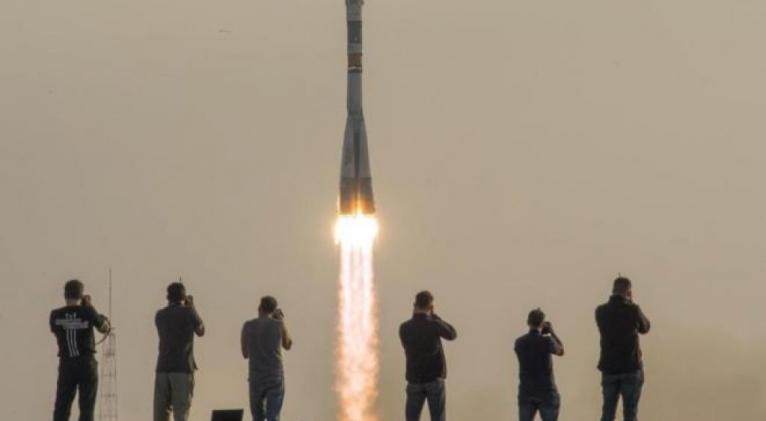A New Russian Soyuz Spacecraft Launches to the International Space Station
especiales

WASHINGTON, USA - A new model of the Russian spacecraft Soyuz, with three crew on board, was launched from the Baikonur Cosmodrome in Kazakhstan, heading to the International Space Station (ISS).
The Soyuz MS-01, a new model of the legendary series of spacecrafts, designed half a century ago in the former Soviet Union, took off at 01:36 GMT on July 7.
Russian cosmonaut Anatoli Ivanishin and astronauts Japanese Takutya Onishi and American Kathleen Rubins took a ride on the brand new model of the Soyuz, which presents important innovations compared to the previous models.
According to Director of the Yuri Gagarin Cosmonaut Training Center Yuri Lonchakov, the spacecraft is equipped with new control and navigation systems that increase flight safety.
"It has a modified scheme of the propulsion system, which allows continued flight to the station in case of an engine failure, and return to Earth if two engines fail," said Lonchakov, who has himself done three spaceflights.
The Soyuz MS also has a new navigation system. It can independently determine their position and speed using the satellite positioning systems GLONASS and GPS.
The new model has an improved communications system which allows the Soyuz to maintain communication almost all the time with the mission control center of the Russian Federal Space Agency.
The docking of the MS-01 Soyuz to the ISS is scheduled for 03:45 GMT on Saturday. Their journey there will take two days and 34 orbits around the Earth.
Preparations for the launch of the Soyuz MS-01 have not been without setbacks: initially it was scheduled for 24 June, but lift off had to be postponed due to a computer problem.
The first Soyuz was launched on 23 April 1967 and since then there have been 127 launches, 125 of which were successful.
The ISS, a project worth more than $10 billion in which 16 nations participate, orbits at a speed of 27,000 kilometers per hour at a distance of 400 kilometers around the Earth.













Add new comment